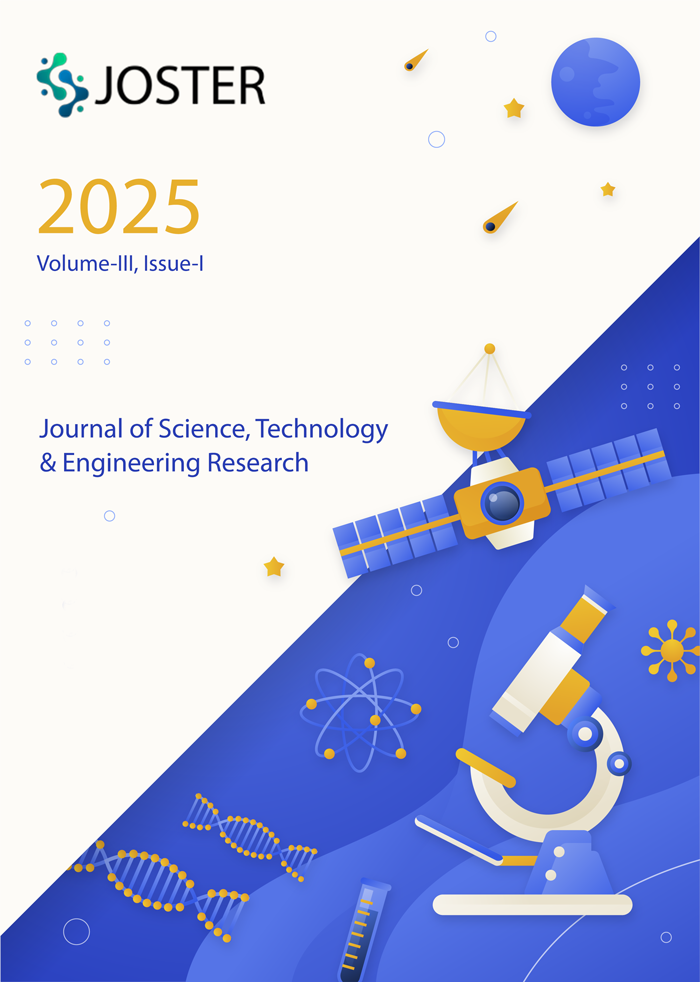Adversarial AI the New Frontier in Cybersecurity Threats and Defenses
Keywords:
Adversarial AI, Cybersecurity, Machine Learning Security, Evasion Attacks, Data Poisoning, Model Inversion, Membership Inference, Adversarial Training, Explainable AI, Federated Learning Security, AI Robustness, AI Governance, AI-Powered Threat Detection, Model Poisoning, AI Red TeamingAbstract
The rising use of artificial intelligence (AI) within the sphere of cybersecurity has already altered how organizations identify, avoid, and react to online hazards. Intrusion detection systems, malware classifiers, phishing detection systems and automated incident response systems now rely upon machine learning algorithms. [1][5]
But this dependence has unintentionally increased attack surface leading to a new and very advanced type of threats, namely the so-called adversarial AI. Malicious parties can take advantage of weaknesses in the structure of AI models by approaching them using evasion attacks (using carefully-designed input data to fool detection networks), a poisoning attack (adding malicious data to training sets so that a trained model is compromised), and inference attacks (recovering hidden information out of trained models). [2][6] Such assaults, in addition to breaching the integrity, availability, and confidentiality of cybersecurity systems, also lead to stakeholder doubt in AI-driven decision-making. [3][7]
In this paper, the adversarial AI threat landscape will be examined in detail with relevant attack methods mapped to targeted domains such as malware analysis, biometric authenticators, industrial control systems and autonomous security agents. It evaluates white- and black-box attacks, transferability of adversarial examples and how automated frameworks facilitate attack scale. Meanwhile, in the study, defensive mechanisms, including adversarial training, sturdy feature engineering, and data sanitization in the former and anomaly detection, ensemble-based methods, and explanatory AI incorporation in the latter are assessed.
The analysis also considers the issue of an arms race between the attacker and the defender, computational and practical expense of building up effective defense mechanism, and the lack of standard testing criteria of AI security. [4][10] Combining the most relevant research patterns, making emphasis on the case studies, and leaving some gaps concerning the defense preparedness, this paper reaffirms the necessity of active, collaborative, and regulation-oriented strategies. The results indicate that strategic defenses may reduce the resilience and trustworthiness of AI-enabled systems in an adversarial digital world, which also proposes that strategic defenses may be an imposing threat to current approaches to cybersecurity.
Downloads
Published
Issue
Section
License
Copyright (c) 2025 Journal of Science, Technology and Engineering Research

This work is licensed under a Creative Commons Attribution 4.0 International License.

